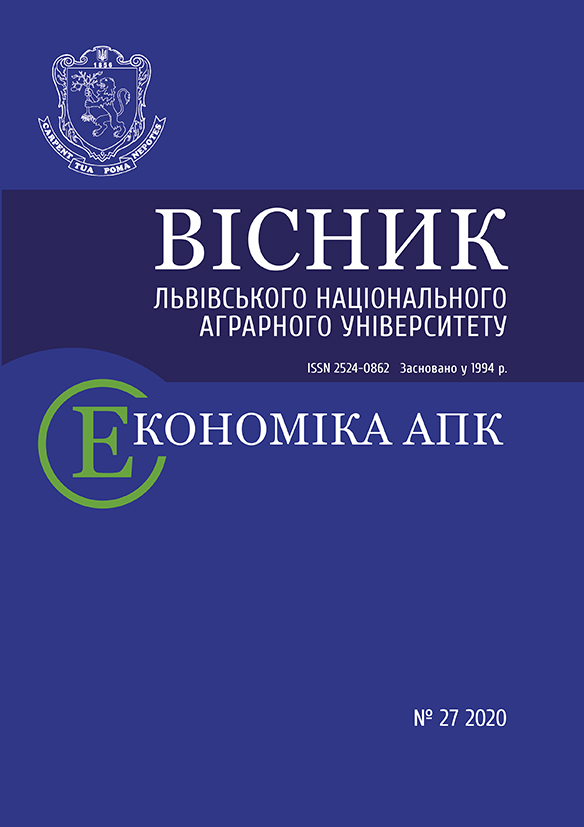Visnyk LNAU: Architecture and Farm Building 2020 №21: 118-123
INVESTIGATION OF THE CONTROL FOR STABILITY OF THE CENTERS OF UNITS OF A CALIBRATION BASE OF THE 2NDCATEGORY IN THE HIGH-ALTITUDE POSITION
Rii I., Candidate of Economics,
Kolodii P., Candidate of Economics,
Smirnov Ye., Candidate of Engineering
Lviv National Agrarian University
https://doi.org/10.31734/architecture2020.21.118
Annotation
In the course of the geodetic training ground of the Lviv National Agrarian University in 2009, a linear base of the 2nd category was constructed, intended for metrological certification of various geodetic instruments. It has some preliminary observations.
In order to identify possible altitudinal displacements, it is suggested to perform current cyclical observations. In the autumn of 2019, the following observations were made with geometric leveling.
The Observation Program provides five options for measuring excesses between baselines. The first option is a mid-level alignment between two adjacent points. The second variant is leveling along the 15-1 direction, the third one is in the direction of 1-15, the fourth option is leveling from one station from the middle on the left side of the base, and the fifth variant is leveling from one station from the middle on the right side of the basis.
The program uses a proven H-3 leveler and a special device, a steel ruler with a spherical level, attached to a power screw with forced centering.
The influence of the proposed methods (variants) of observations is considered, namely: "Readings according to the direction"; "Readings from the middle" on the results of observations. The homogeneity of the results of the observations by the proposed methods with respect to the grouping center (some average value of the required value) was investigated by means of the analysis of variance.
To test the hypothesis Н0: when using the proposed methods, the systematic influence on the measurement results is absent or in one order, and the methods lead to the results of the same accuracy (alternative hypothesis Н1 – systematic effects are significant, the methods are not equivalent) we used the Fisher test to estimate the difference between the disparities factor and residual for significance level α = 0.01 and α = 0.005. It is determined that for all significance levels F<Fα.
It can be argued that the null hypothesis H0 is accepted, that is, the influence of the above observation methods does not have significant systematic errors, and the variance estimates differ from one another due to random factors and the used methods lead to the results of the same accuracy.
Key words
reference basis, leveling, error, leveler, excess, variance
Link
- Vashchenko V., Perii S., Smirnov Ye. On the creation of a linear base. Journal of Lviv National Agrarian University: Architecture and Agricultural Construction. 2011. № 13. Р. 240-246.
- Litinskyi V. A., Vivat A. Y., Rii I. F. A device for linear measurements of geodetic model bases of the 2nd category. Scientific Bulletin of Uzhgorod National University: Geography. Land management. Nature management. 2014. No. 3. Р. 19-22.
- Trevoho I. S. Model bases for calibration of light distances. Bulletin of Geodesy and Cartography. 1995. № 1. Р. 39-45.
- Trevoho I., Tsiupak I., Heher V. Reference geodetic base: analysis of results and new attestation. Modern achievements of geodetic science and production. 2011. 1. Р. 65-68.
- Trevoho I. S., Tsiupak I. M. Features of metrological certification of reference geodetic bases. Modern achievements of geodetic science and production. 2014. 1. Р. 29-33.
- Sudakov S. G. Basic geodetic networks. Mоscow: Nedra, 1975. 368 p.



